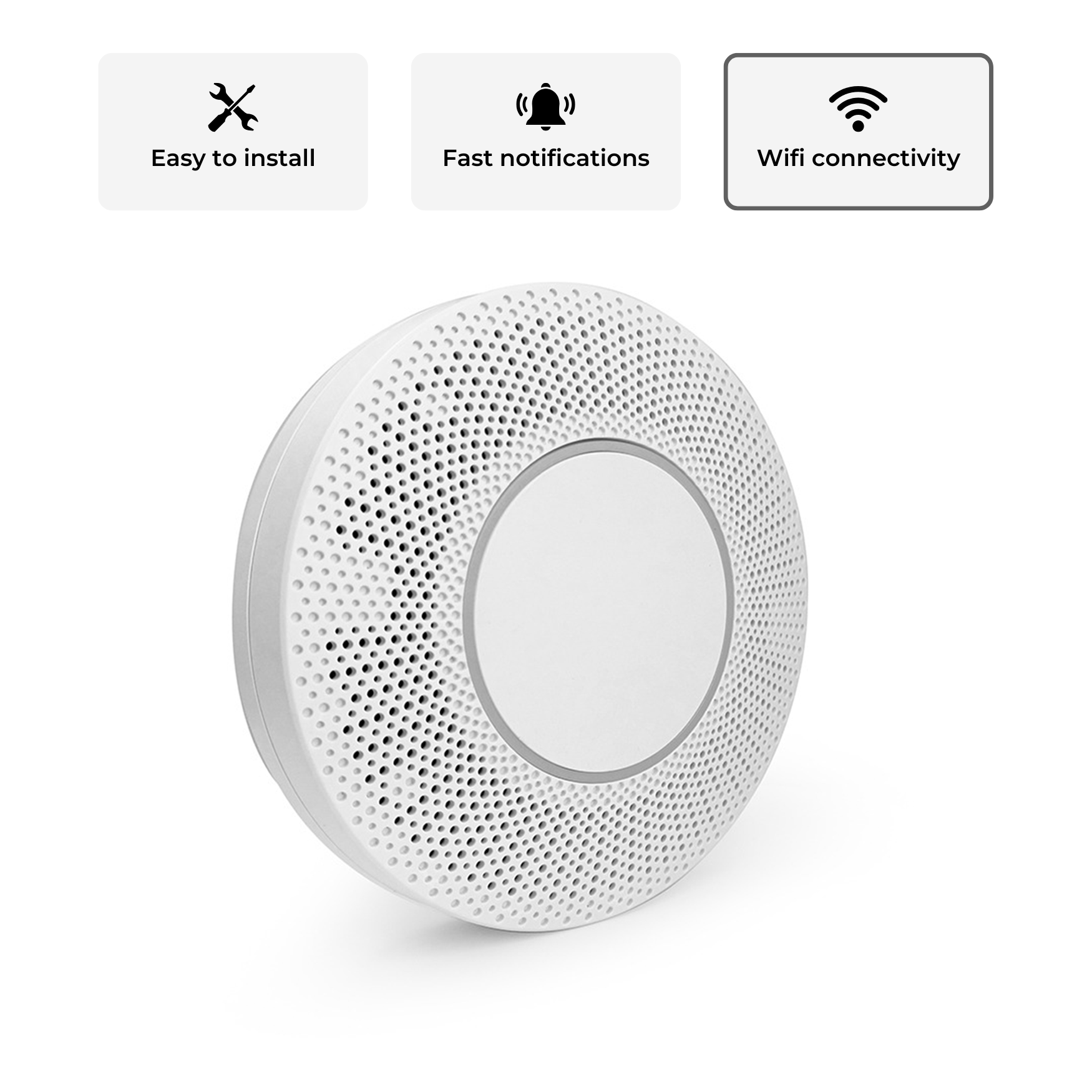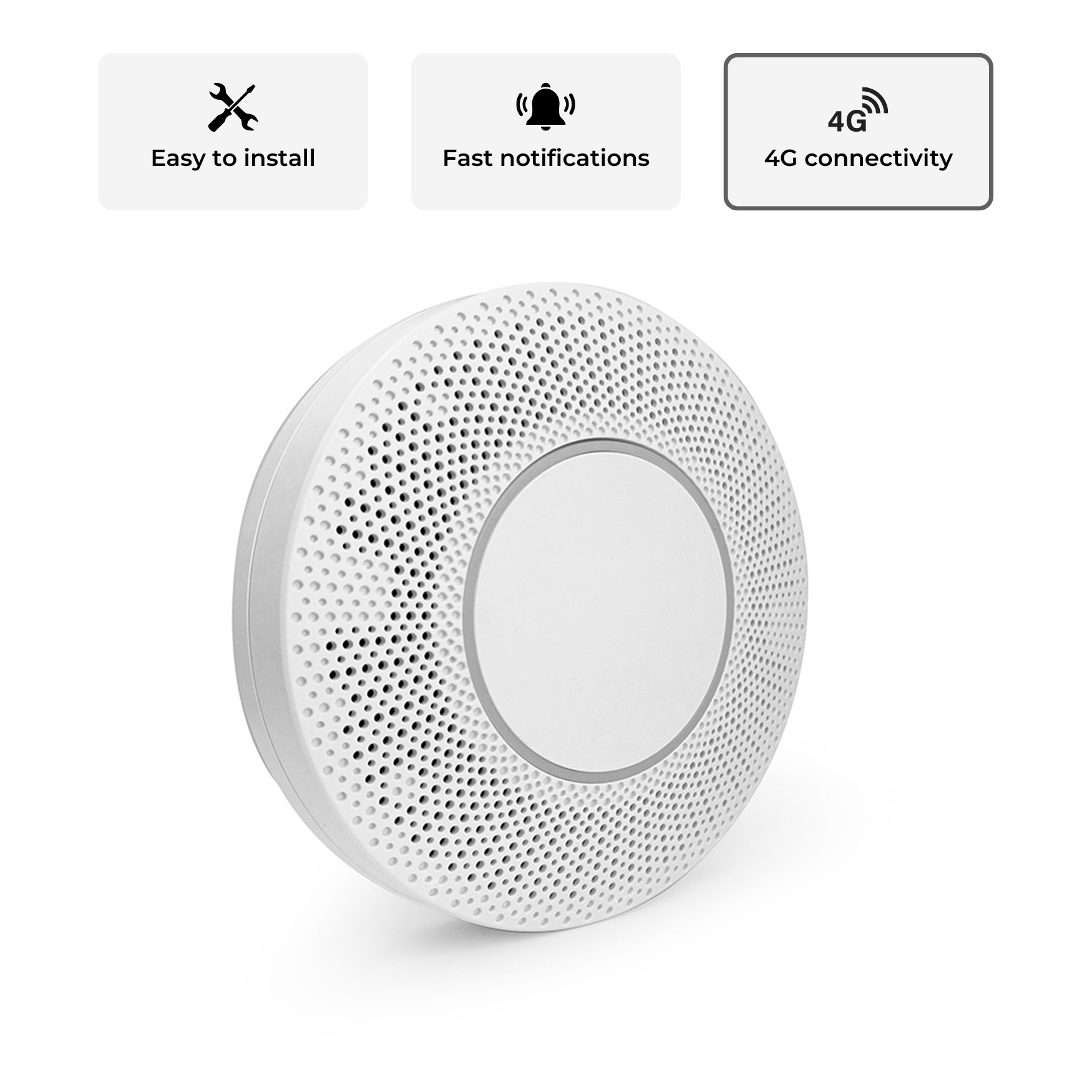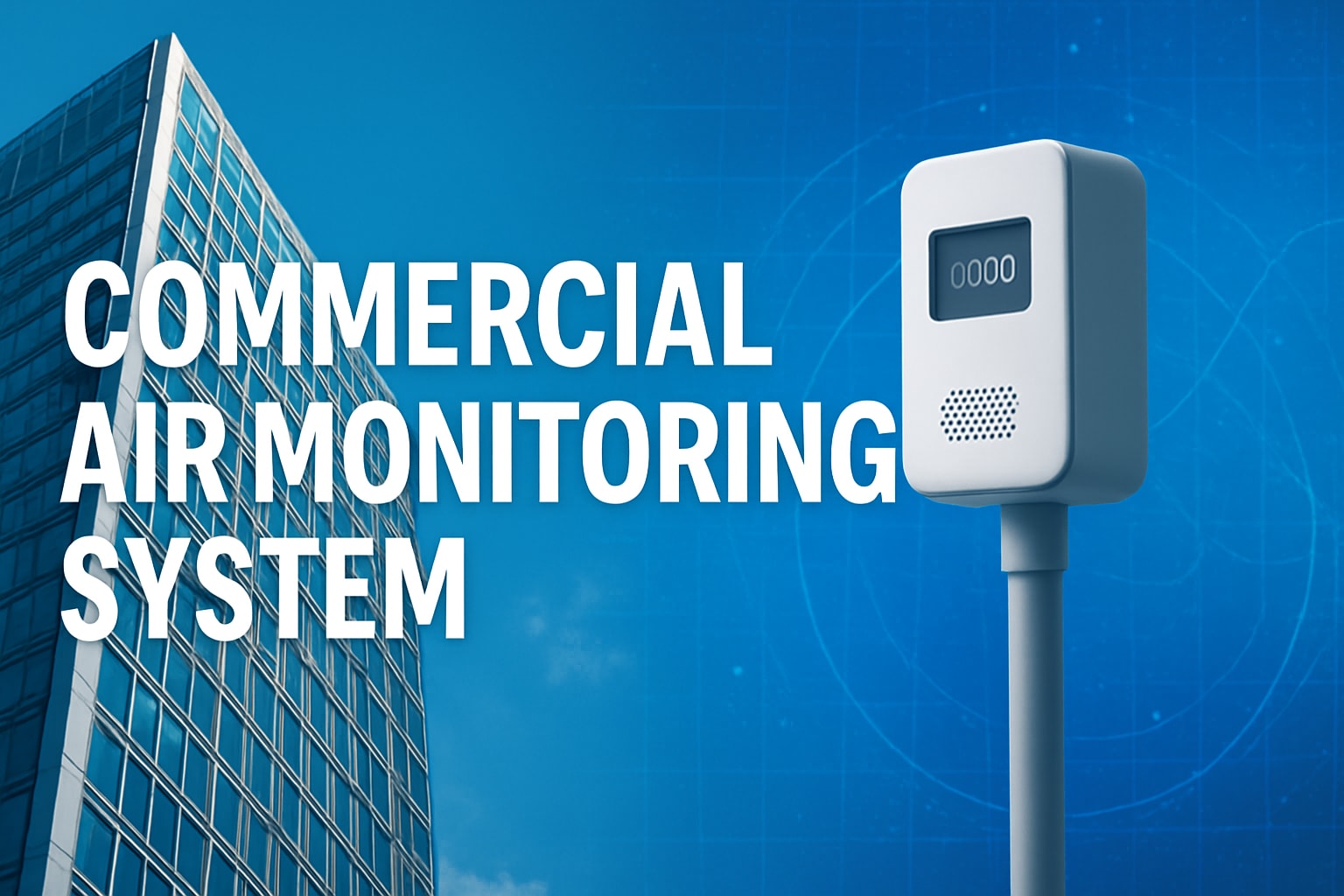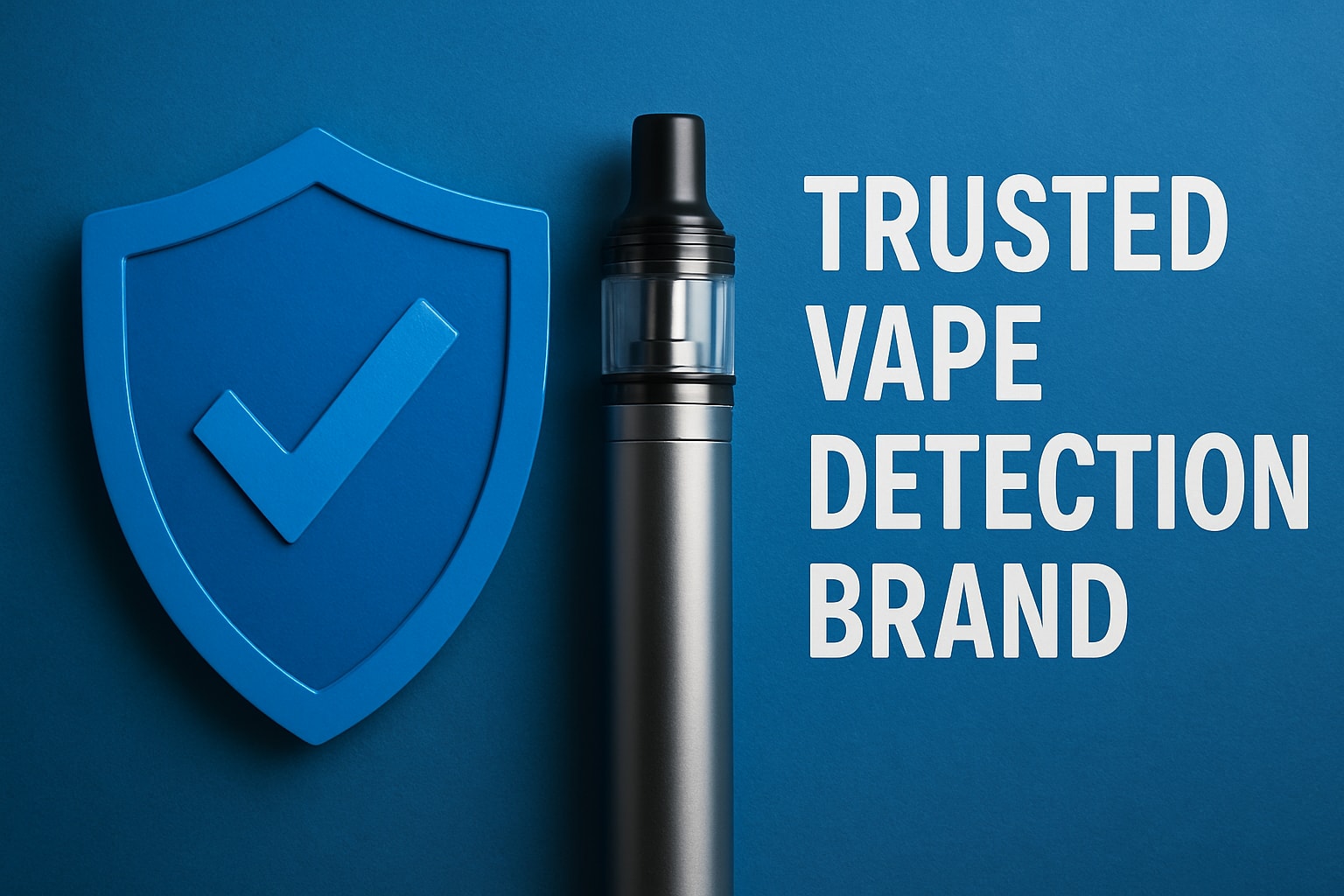In recent years, vaping has become an increasingly common alternative to smoking, with many believing it to be a safer option. However, while it may be marketed as a "cleaner" choice, the reality is that vaping in office environments comes with a range of health risks—not just for the person vaping but also for their colleagues.
1. Exposure to Harmful Chemicals
Many assume that because e-cigarettes produce vapour instead of smoke, they are harmless to bystanders. However, vape aerosol contains nicotine, volatile organic compounds (VOCs), and other toxic substances, which can linger in the air. Employees exposed to these chemicals over long periods may experience headaches, dizziness, and respiratory discomfort—even if they do not vape themselves.
2. Increased Risk of Respiratory Issues
Offices rely on air conditioning and ventilation systems that may not efficiently filter out vape aerosol particles. This can contribute to poor indoor air quality, potentially triggering asthma attacks, allergic reactions, and other respiratory conditions. Employees with pre-existing lung conditions are particularly vulnerable, and prolonged exposure could exacerbate symptoms.
3. Secondhand Vape Exposure and Long-Term Effects
Similar to secondhand smoke, secondhand vape aerosol can pose health risks to non-vaping employees. Studies have shown that individuals exposed to nicotine-containing aerosols may experience elevated heart rates and blood pressure, increasing the risk of long-term cardiovascular issues. This makes vaping in shared workspaces a legitimate health concern.
4. Mental and Cognitive Impacts
Nicotine is a known stimulant, and while some argue that it aids concentration, the frequent use of vaping devices can lead to nicotine addiction and withdrawal symptoms, affecting workplace productivity. Employees dependent on vaping may experience irritability, anxiety, and difficulty focusing if they are unable to vape throughout the workday, creating unnecessary distractions in professional settings.
5. Vaping and Workplace Hygiene
Beyond direct health concerns, vaping contributes to workplace hygiene issues. Vape residue can accumulate on surfaces such as desks, keyboards, and office furniture, creating an unpleasant and unhygienic environment. This increases cleaning costs and maintenance efforts for businesses aiming to maintain a professional workspace.
How Businesses Can Address the Issue
To protect employees' health, businesses should implement clear no-vaping policies within office spaces. This includes educating staff on the risks, providing designated outdoor vaping areas, and investing in vape detection technology such as VapeGuardian, which discreetly monitors air quality and detects vaping incidents in real-time. By prioritising employee well-being, workplaces can create a cleaner, healthier, and more productive environment.
Final Thoughts
While vaping is often marketed as a "harmless" habit, its presence in office environments poses serious health risks to both vapers and non-vapers alike. Businesses must take proactive measures to ensure a safe and professional workplace, minimising exposure to secondhand vape aerosol and maintaining high indoor air quality standards.
Would your workplace benefit from a vaping policy review? Investing in awareness and preventative measures now can save on health and productivity costs in the long run.











Share:
The Dangers of Vaping for Secondary School Students in the UK
VapeGuardian: The Ultimate Solution for a Vape-Free Office